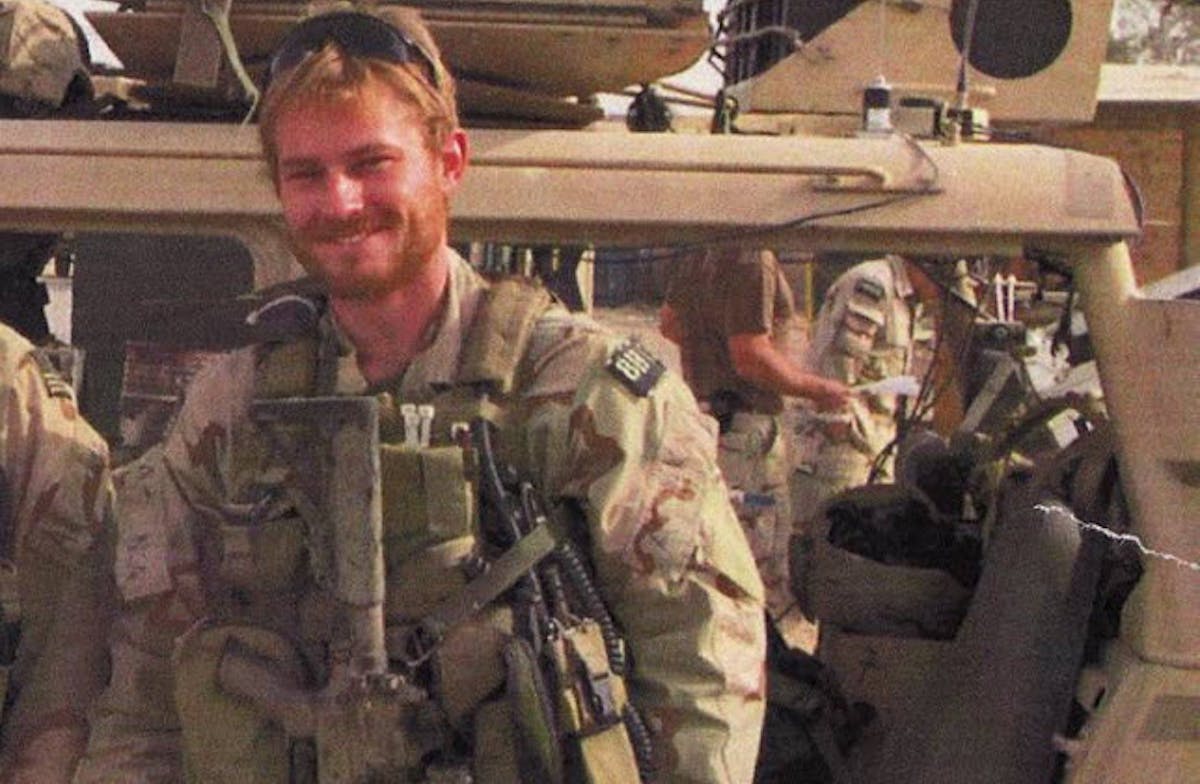KABUL, AFGHANISTAN - The retribution wasn't long in coming.
A U.S. airstrike killed the Taliban insurgents whose attack caused a helicopter crash that killed 22 Navy SEALs and eight other U.S. service members last week, military officials in Kabul and Washington said Wednesday.
However, Gen. John Allen, the U.S. commander in Afghanistan, told reporters that the main Taliban leader in the area remained at large. Allen did not identify that insurgent. It was the hunt for him that set in motion the events that led to the crash of the Chinook helicopter on Saturday.
Military officials had said previously that the helicopter went down as the SEALs were rushing to aid fellow elite troops. They were identified as U.S. Army Rangers who had come under insurgent fire while on a night raid in pursuit of a Taliban target, one of the hundreds of such special operations raids now taking place each month across Afghanistan.
Special operations forces tracked down a group of fewer than 10 insurgents and called in an airstrike early Tuesday, Allen said. NATO's International Security Assistance Force (ISAF) in Kabul said the strike took place in the Chak district of Wardak Province, close to the site where the Chinook was shot down.
Among those killed was a senior operative in the area and the man whose fire, apparently with a rocket-propelled grenade, brought down the chopper, the military said.
The downing Saturday of the CH-47, which killed seven Afghan commandos and an interpreter in addition to the 30 U.S. troops, represented the worst loss of U.S. lives in a single incident in the nearly 10-year-old war.
The senior Taliban operative killed in Tuesday's raid was identified as Mullah Mohibullah, described as a "key facilitator" of Taliban attacks in the Tangi Valley, about 60 miles southwest of Kabul. Mohibullah and his group of fighters were located in a wooded area after an "exhaustive manhunt" in Wardak that included tips from villagers, according to the military statement. It said the insurgents were trying to flee the country, presumably to Pakistan, when the U.S. raid occurred.
The Afghan police chief in Wardak, Gen. Abdul Qayoom Baqizoi, said his forces had aided in intelligence-gathering that led to the U.S. strike.
Although the military said insurgent fire is presumed to have caused the helicopter to go down, the precise cause of the crash remains under investigation. "While it has not been determined if enemy fire was the sole reason for the helicopter crash, it did take fire from several insurgent locations on its approach," the ISAF said.
Allen declined to answer questions about the decision to pack so many elite troops aboard a single craft. The large Chinook is particularly vulnerable when taking off and landing. He also declined to discuss why elite SEALs were sent in to help the Ranger force, saying only that they were part of the mission and that using them was the right decision at the time.
